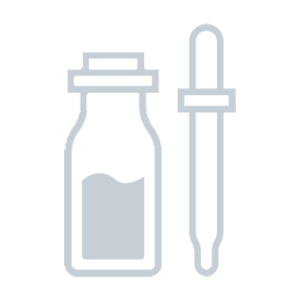Comparison between Minimalist Face Cream vs. PLUM Exfoliating Peel
Find out which product is better for your skin.
Components only in Minimalist Face Cream 20
Persea Americana (Avocado) Oil, Carthamus Tinctorius (Safflower) Oleosomes, Theobroma Grandiflorum (Theobroma) Seed Butter, Cetyl Alcohol, Citrullus Vulgaris (Watermelon) Fruit Extract and 15 more. Show all.
Uniqueness: 74.1%
Components only in PLUM Exfoliating Peel 25
Glycolic Acid, Aloe Barbadensis (Aloe Vera) Leaf Juice, Sodium Hydroxide, Vaccinium Myrtillus (Bilberry) Fruit/leaf Extract, Saccharum Officinarum (Sugar Cane) Extract and 20 more. Show all.
Uniqueness: 89.3%
Face to Face
Components position by position
1
Water
1
Water
2
Persea Americana (Avocado) Oil
2
Glycolic Acid
3
Carthamus Tinctorius (Safflower) Oleosomes
3
Aloe Barbadensis (Aloe Vera) Leaf Juice
4
Theobroma Grandiflorum (Theobroma) Seed Butter
4
Sodium Hydroxide
5
Cetyl Alcohol
5
Vaccinium Myrtillus (Bilberry) Fruit/leaf Extract
6
Glycerin
6
Saccharum Officinarum (Sugar Cane) Extract
7
Water
7
Citrus Aurantium Dulcis (Orange) Fruit Extract
8
Glycerin
8
Citrus Limon (Lemon) Fruit Extract
Show others
Positive Effects
Find out what good effects the product has
Both products provide the following effects: Antioxidant, UV Protection, Moisturizing, Cleansing, Acne fighting, Softening, Soothing, Anti-aging, Lightening, Lifting, Rejuvenation, Tones up skin, Hair conditioning, Hair structure improvement, Hair gloss
Effects unique for Face Cream:
Regeneration, Anti dandruff, Hair growth stimulatingEffects unique for Exfoliating Peel:
Pore Shrinking, Healing, Elasticity improvement, Antifungal, Antiseptic, Anticellulite, Antiviral, Hair strengthening, Hair protection-- Show more --
ECO Metrics
Find out how eco-friendly the components are
Vegan
No
No
Cruelty free
No
No
Reef safe
Yes
Yes
Ozone layer safe
Yes
Yes
Organic score
natural
16 out of 27
59%
chemical
4 out of 27
15%
natural
14 out of 28
50%
chemical
11 out of 28
39%
Concerns
Pay attention to this information
-- Extra information --
Components by Skin Type
Find out what components are good or bad for your skin type
Dry skin
Positive: 6Negative: 0
Glycerin#6Glycerin#8Sodium PCA#12Sodium Lactate#13Glycerin#18Tocopherol#23
Oily skin
Positive: 0Negative: 0
Sensitive skin
Positive: 0Negative: 1
Citric Acid#21
Dry skin
Positive: 2Negative: 0
Glycerin#11Panthenol#24
Oily skin
Positive: 5Negative: 0
Glycolic Acid#2Citrus Limon (Lemon) Fruit Extract#8Camellia Sinensis (Green Tea) Leaf Extract#18Salicylic Acid#22Hamamelis Virginiana (Witch Hazel) Extract#25
Sensitive skin
Positive: 0Negative: 4
Glycolic Acid#2Citrus Aurantium Dulcis (Orange) Fruit Extract#7Citrus Limon (Lemon) Fruit Extract#8Salicylic Acid#22

